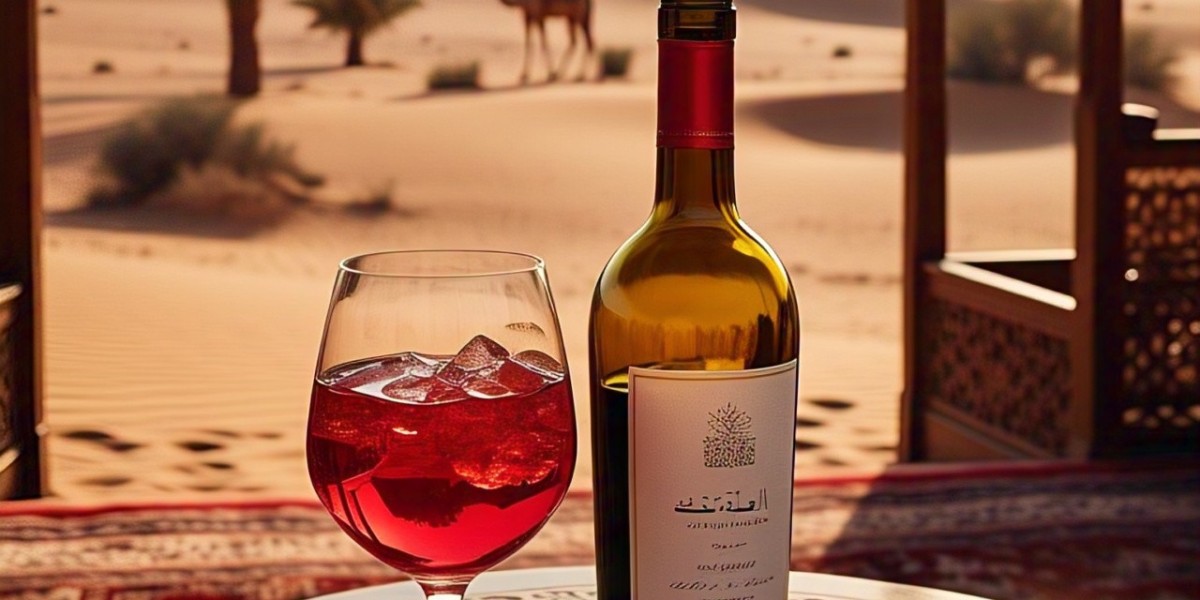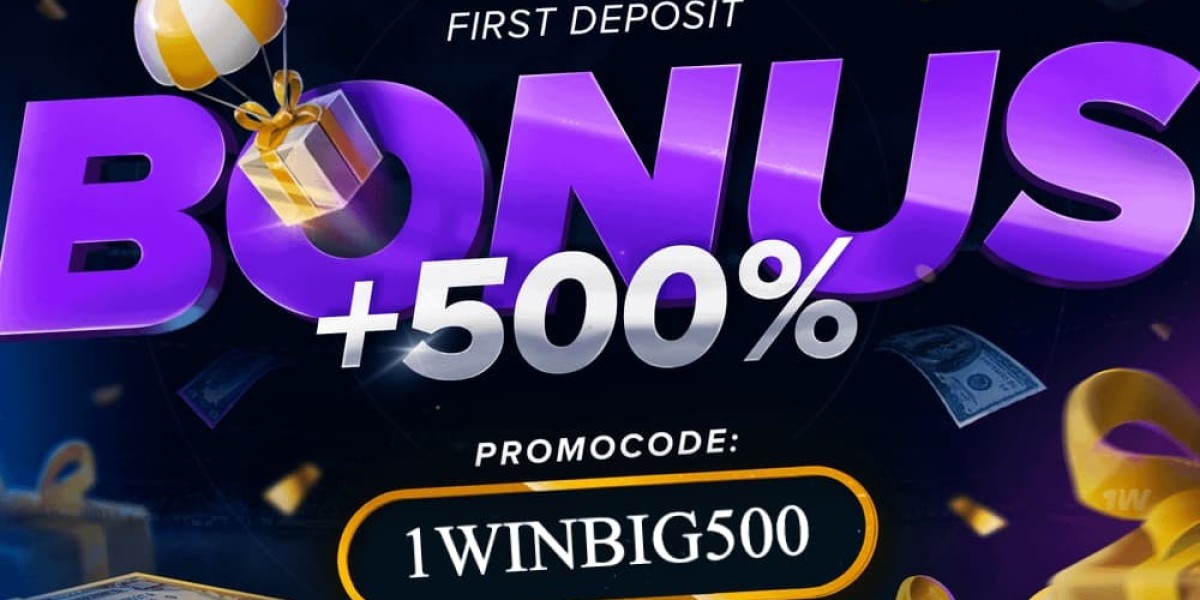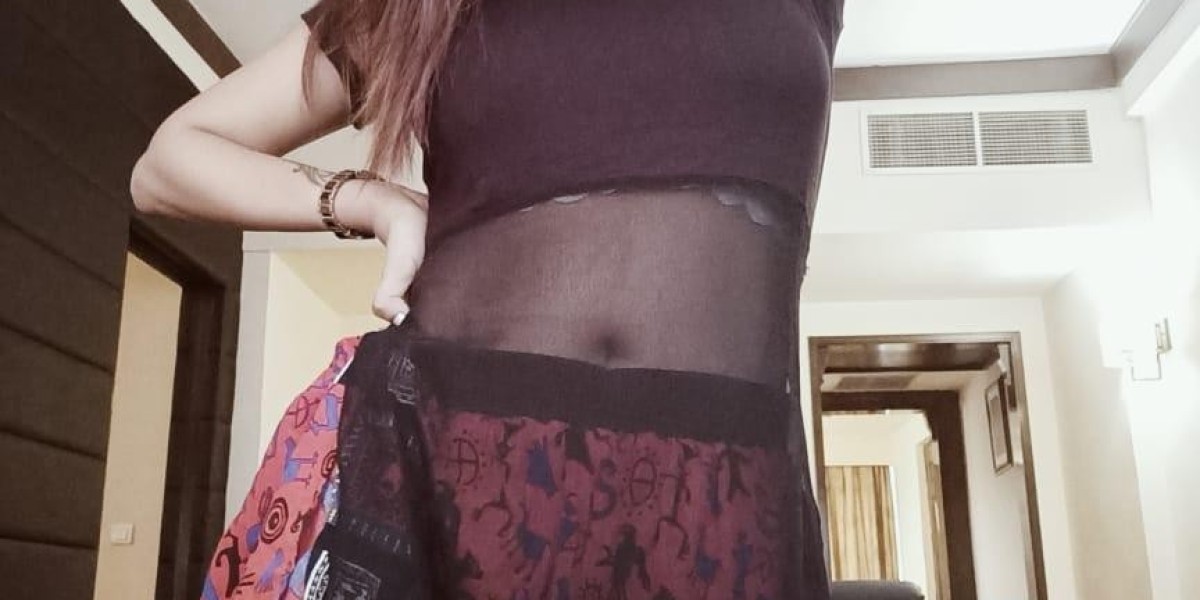Saudi Arabia Wine Market Size, Share & Forecast Analysis 2025-2033
Market Overview
The Saudi Arabia Wine Market is projected to reach US$ 7.90 Billion by 2033, up from US$ 4.60 Billion in 2024, expanding at a CAGR of 6.20% from 2025 to 2033. Although traditional alcohol consumption is prohibited in the Kingdom due to religious and legal frameworks, the market for non-alcoholic wine alternatives is thriving. Factors such as rising health consciousness, a growing expatriate community, the booming tourism industry, and luxury hospitality development under Vision 2030 are accelerating this demand.
The market includes various product types, including Still Wine, Sparkling Wine, Dessert Wine, and Fortified Wine, across categories of Red, White, and Rosé wine. Distribution occurs via both Online and Offline Channels and spans all major regions of the Kingdom.
Saudi Arabia Wine Market Trends & Dynamics
1. Vision 2030 and Economic Diversification: Paving the Way for F&B Innovation
Saudi Arabia's Vision 2030 initiative plays a pivotal role in redefining the Kingdom’s socio-economic landscape. With significant government investments in tourism, entertainment, and luxury hospitality, the non-alcoholic wine market is positioned as a premium offering for both international visitors and affluent locals. Upscale resorts, international fine-dining restaurants, and cultural events now demand sophisticated non-alcoholic beverages to complement the elevated experience.
Non-alcoholic wines are increasingly being showcased as a culturally compliant yet globally modern beverage option.
2. Surge in Demand for Non-Alcoholic Alternatives
The Saudi population, particularly health-conscious youth and expatriates, is turning towards non-alcoholic wine as an elegant and acceptable alternative. These products mirror traditional wines in taste, texture, and occasion, without violating Sharia laws. The market is also witnessing product innovation in fermentation technology, enhancing flavor profiles and improving consumer satisfaction.
The rising global awareness about mindful drinking and wellness also aligns with local preferences, boosting demand for alcohol-free wines in corporate gatherings, celebrations, and hospitality services.
3. Booming Tourism Fuels Market Growth
Saudi Arabia’s hospitality sector has experienced exponential growth due to increased international arrivals for events such as the Riyadh Season, concerts, sports tournaments, and religious tourism. Luxury hotels and resorts now incorporate non-alcoholic wine menus to cater to global travelers. This integration is creating a new premium segment within the Saudi beverage industry.
4. Cultural Shift and Expatriate Influence
The growing expatriate population and exposure to global lifestyles have subtly influenced local consumption patterns. Expat communities, particularly from Europe and North America, have a cultural affinity for wine, and their demand for legal, non-alcoholic versions has encouraged importers and retailers to expand their offerings. The reopening of a wine shop in Riyadh in January 2024—serving foreign diplomats—signifies a symbolic shift in policy and luxury hospitality approach.
Related Report
Key Challenges Facing the Market
1. Regulatory Restrictions on Alcohol
Despite growing interest in wine alternatives, the Saudi wine market operates under strict Islamic laws that completely prohibit alcoholic beverages. These restrictions limit product range, distribution infrastructure, and marketing strategies. Foreign companies seeking entry must navigate a complex legal and cultural landscape, focusing solely on non-alcoholic or halal-certified wine alternatives.
2. Limited Public Awareness and Market Acceptance
While the non-alcoholic wine trend is gaining traction, the mainstream Saudi population remains hesitant. Cultural and religious values still frame wine—even non-alcoholic—as foreign or indulgent. The absence of a traditional wine-drinking culture, paired with preference for regional beverages like tea and Arabic coffee, poses a challenge for mass-market penetration.
Educational marketing, tasting events, and influencer-driven campaigns are crucial to enhancing market understanding and building consumer trust.
Regional Market Insights
Eastern Region (Dammam, Khobar, Jubail)
This region hosts numerous expatriates and corporate professionals working in industrial zones. The luxury hospitality industry here is evolving, and demand for non-alcoholic wines is growing in international restaurants and high-end retail. However, cultural conservatism still restricts widespread adoption.
Western Region (Jeddah, Mecca, Medina)
The Western region is a hub for tourism and pilgrimage. Cities like Jeddah, known for their cosmopolitan culture, see higher demand for premium non-alcoholic wines served in elite restaurants and hotels. Jeddah’s international community supports a vibrant retail and fine dining scene, making it a strategic region for wine importers and luxury brands.
Northern & Central Region (Including Riyadh)
With Riyadh as the capital and economic powerhouse, this region plays a pivotal role in shaping market trends. The diplomatic wine shop opened in 2024 in Riyadh exclusively for foreign officials marks a noteworthy shift in hospitality policy. This move is expected to foster luxury product integration and cultural exchange.
Southern Region
Relatively conservative, the southern region has less exposure to international tourism and thus remains a nascent market for wine substitutes. However, rising urbanization and government-driven development could open doors for localized premium beverage consumption in the future.
Saudi Arabia Wine Market Segmentation
By Product Type
- Still Wine
- Sparkling Wine
- Dessert Wine
- Fortified Wine
- Other
By Color
- Red Wine
- White Wine
- Rose Wine
- Other
By Distribution Channel
- Online
- Offline (Hypermarkets, Specialty Stores, Luxury Hotels)
By Region
- Northern and Central Region
- Western Region
- Eastern Region
- Southern Region
Competitive Landscape – Key Players
Major players operating in the Saudi Arabia wine (non-alcoholic) market include:
- Accolade Wines
- Alko
- Allagash Brewing Company
- Allied Blenders & Distillers
- Arkell’s Brewery
- Anchor Brewing Company
- Asahi Breweries
- Bass Brewery
These companies are focusing on halal-certified products, innovative fermentation, and premium packaging to appeal to Saudi consumers and luxury hospitality clients.
Key Report Insights
✅ Market Size:
- 2024: US$ 4.60 Billion
- 2033: US$ 7.90 Billion
✅ CAGR:
- 6.20% (2025 to 2033)
✅ Key Drivers:
- Vision 2030 Economic Diversification
- Rise in Tourism and Luxury Hospitality
- Growing Expat Population
- Increasing Demand for Health-Oriented Beverages
Report Highlights
Feature | Details |
Base Year | 2024 |
Forecast Period | 2025 – 2033 |
Segments Covered | Product Type, Color, Distribution Channel, Region |
Customization Scope | 20% Free |
Companies Covered | 8 Leading Companies |
Format | PDF + Excel (PPT/Word on request) |
Post-Sale Support | 1 Year Analyst Access |
Conclusion
The Saudi Arabia Wine Market, while uniquely shaped by legal and religious frameworks, presents a promising opportunity for players in the non-alcoholic and luxury beverage sectors. With the right regulatory compliance, strategic localization, and consumer education, brands can thrive in this emerging yet culturally nuanced landscape. As the Kingdom continues on its path to economic and social modernization, non-alcoholic wine stands out as a product of cultural harmony, health-consciousness, and hospitality innovation.







